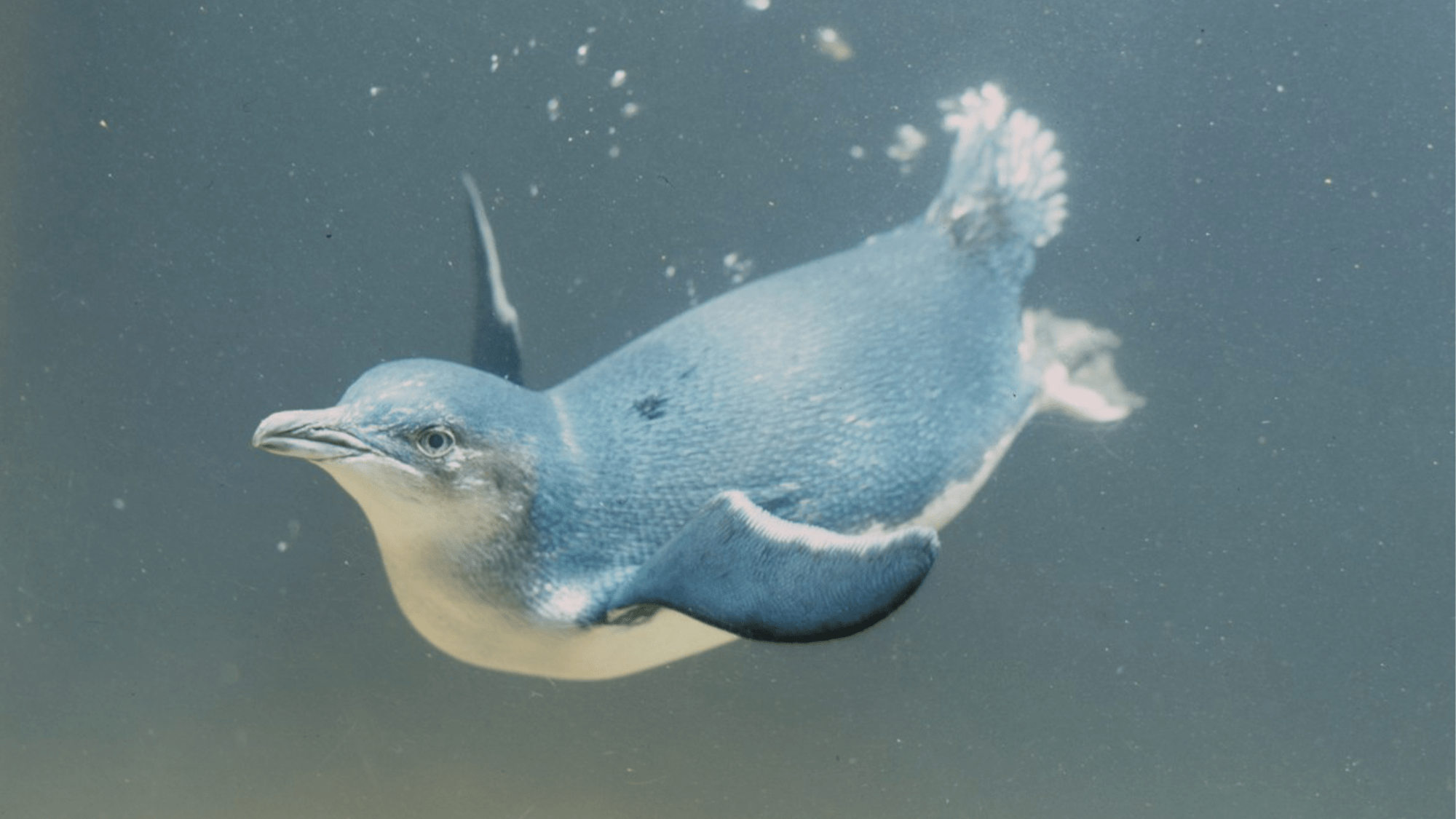Gadgets
Turtles and penguins have a swimming sweet spot that reduces drag

Marine mammals, birds, and reptiles exert a significant amount of energy to move around. For instance, certain humpback whale (Megaptera novaeangliae) populations cover 5,000 miles annually. Magellanic penguins (Spheniscus magellanicus) migrate along the coasts of Argentina and Chile in search of food. To conserve energy, migratory animals have adapted to swim at consistent depths when traveling long distances, regardless of their size. This optimal depth is discussed in a study published on December 16 in the journal Proceedings of the National Academy of Sciences (PNAS).
Semi-aquatic animals, like minks, typically swim near the water’s surface where wave generation consumes a significant amount of energy. However, for marine mammals, birds, and turtles undertaking long migrations, reducing the energy cost of swimming is crucial.
The drag from wave creation can be minimized by swimming at a depth greater than three times the object’s diameter. Tracking wild animals to compare these drag-reduced depths with their actual travel depths has been challenging.
[ Related: Why do birds migrate? Scientists have a few major theories. ]
In a recent study, researchers from six academic institutions across five countries analyzed the swim depths of various sea turtle and species and correlated them with data on certain whales. Little penguins (Eudyptula minor) and loggerhead turtles (Caretta caretta) swam within 1.5 centimeters of the surface. Motion data and camera footage from some animals were compared with satellite tracking data of long-distance migrations in green turtles and other studies on whales and penguins.
The study revealed that penguins, turtles, and whales maintained a drag-reducing sweet spot by swimming at a depth around three times their body diameter from the surface. These animals consistently swam at this depth whether traveling to foraging grounds or covering long distances without feeding, minimizing wave formation and vertical travel distance.
Kimberley Stokes, a co-author of the study and a sea turtle ecologist/conservationist at Swansea University in the United Kingdom, stated, “There are instances where animal swim depth is influenced by other factors, such as prey search, but it’s fascinating to discover that all documented cases of non-foraging air-breathing marine animals adhere to the expected pattern. This correlation between swim depth and body size was rarely observed due to the challenges of retrieving depth data from animals migrating long distances, making it significant to find enough examples showing a consistent relationship across animals ranging from 30 cm [11.8 inches] to approximately 20 m [65 feet] in length.”
By maintaining this optimal swim depth, animals of varying sizes can conserve energy to sustain themselves, find food, and thrive in their environments.
Please rewrite this sentence.
-

 Destination8 months ago
Destination8 months agoSingapore Airlines CEO set to join board of Air India, BA News, BA
-

 Breaking News10 months ago
Breaking News10 months agoCroatia to reintroduce compulsory military draft as regional tensions soar
-

 Tech News12 months ago
Tech News12 months agoBangladeshi police agents accused of selling citizens’ personal information on Telegram
-

 Gadgets3 months ago
Gadgets3 months agoSupernatural Season 16 Revival News, Cast, Plot and Release Date
-

 Productivity11 months ago
Productivity11 months agoHow Your Contact Center Can Become A Customer Engagement Center
-

 Gadgets3 weeks ago
Gadgets3 weeks agoFallout Season 2 Potential Release Date, Cast, Plot and News
-

 Breaking News10 months ago
Breaking News10 months agoBangladesh crisis: Refaat Ahmed sworn in as Bangladesh’s new chief justice
-

 Toys12 months ago
Toys12 months ago15 of the Best Trike & Tricycles Mums Recommend
























